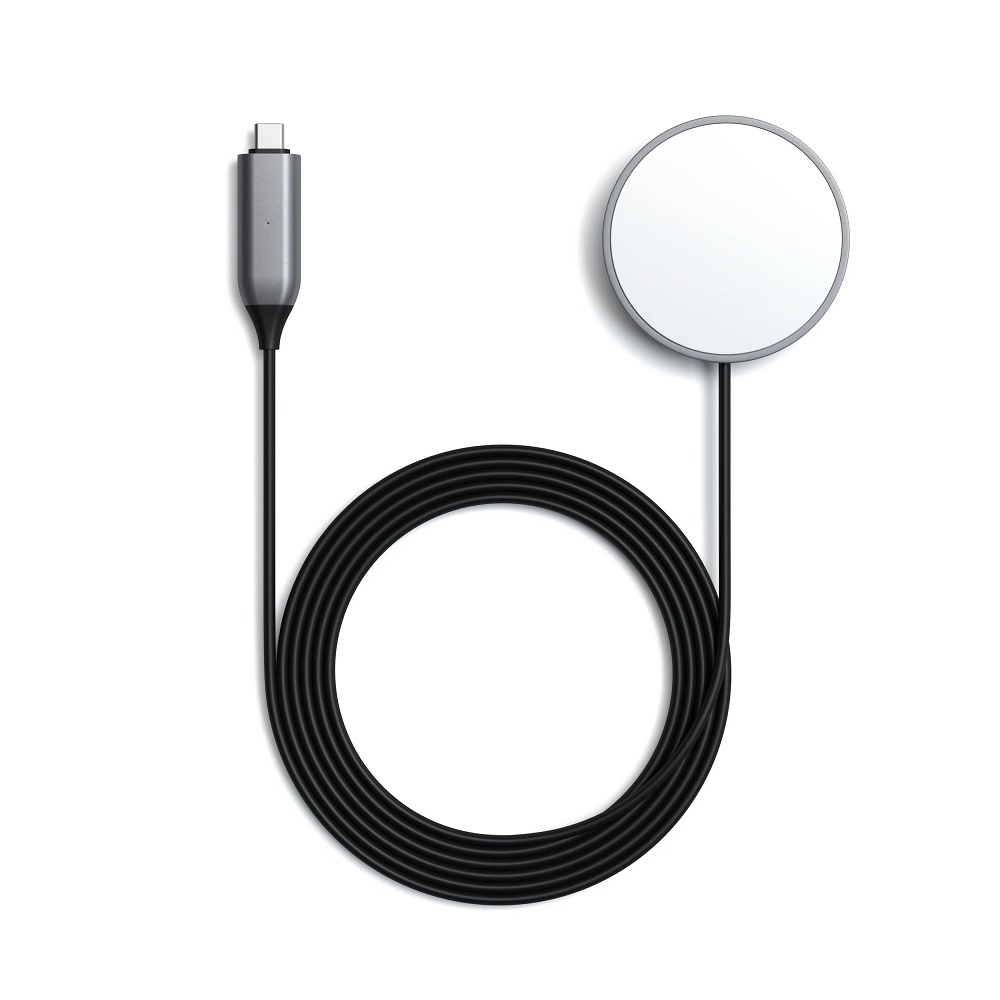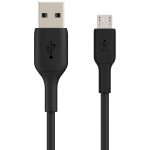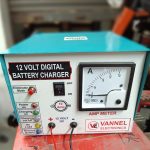Introduction to Magnetic Charging Technology
Magnetic charging technology is reshaping how we power up our devices. Unlike traditional charging methods, magnetic chargers use magnets to attach to a device. This creates a connection without the need for inserting a cable. The technology exploits magnetic fields to transfer electric power from the charger to the device. It offers a clutter-free and simplified charging experience.
Magnetic chargers are growing in popularity for several reasons. They’re easy to use, reduce wear and tear on device ports, and they’re quickly becoming more efficient. These chargers often come in the form of pucks, pads, or stands. They connect to the back of a smartphone or other device using integrated magnets. When placed near the charging hardware, the magnets align and charging begins.
The potential for magnetic charging doesn’t stop there. Accessories like phone cases, power banks, and even car mounts now come with built-in magnetic charging capabilities. Technology enthusiasts and everyday users appreciate these innovations. They make charging not just functional, but also seamlessly integrated into daily life.
At its core, magnetic charging technology is about convenience and simplicity. It suits our increasingly mobile and fast-paced lifestyles. As manufacturers continue to adopt and refine this tech, it is set to become a staple in the gadget world.
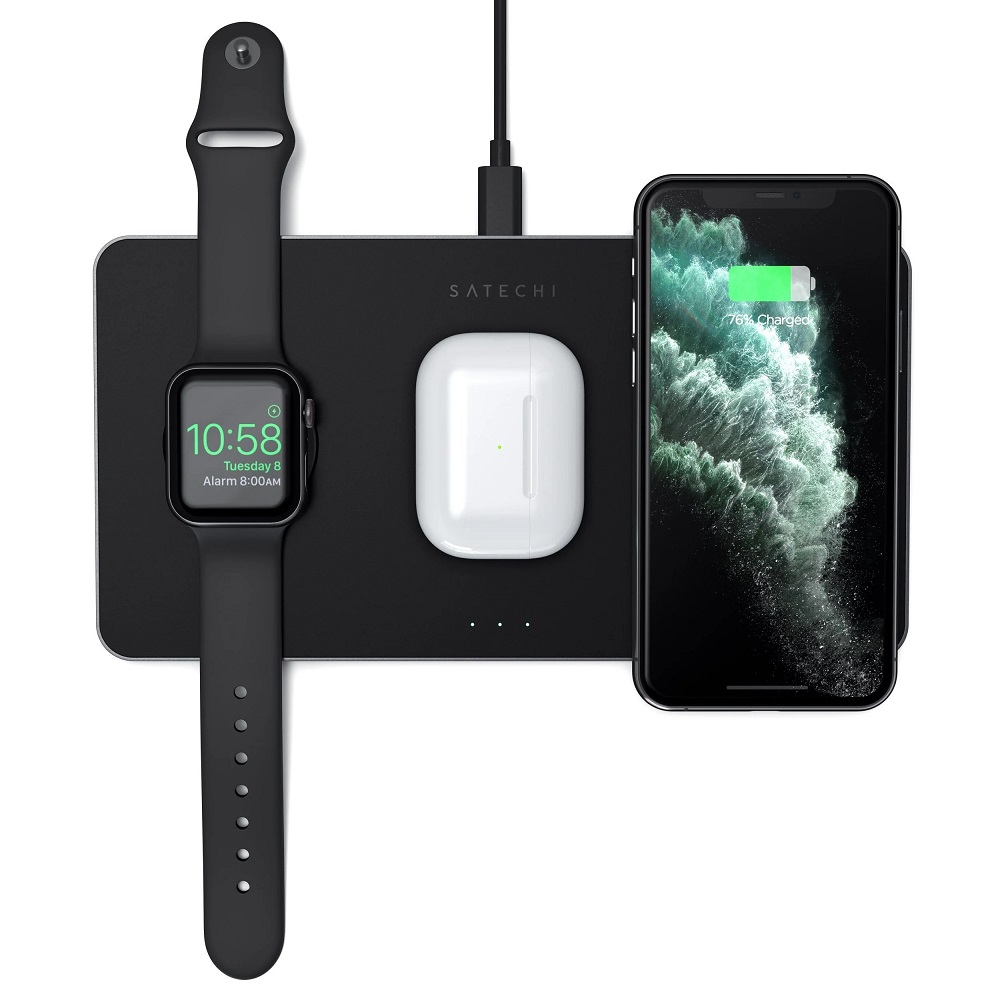
History and Development of Magnetic Chargers
The journey of magnetic chargers began in the early 2000s. The concept was to simplify charging. Early models used basic alignment techniques for power transfer. They were not as efficient as today’s chargers. Over the years, technological advancements have fueled their evolution. Upgrades in magnet technology made them more reliable and user-friendly.
By the mid-2010s, major tech companies started incorporating magnetic charging. These chargers saw their first widespread use in smartwatches. The small form factor of wearables was ideal for magnetic connectors. These innovative chargers eliminated the need for ports. This development was a huge step forward for device design and user experience.
The year 2020 marked a significant milestone. A leading smartphone manufacturer introduced a magnetic charging system for its devices. This system used perfectly aligned magnets for optimized power transfer. It changed how we charge our phones forever. Now, many devices use magnetic chargers for convenience and efficient power delivery.
As we moved forward, the ecosystem of magnetic charging accessories expanded. We saw the introduction of wallets, mounts, and even fitness equipment. They all embraced the ‘snap-on, charge up’ philosophy. As a result, magnetic charging became an integral part of mobile technology.
Today, the development of magnetic chargers continues. They are becoming more sophisticated and versatile. With each innovation, these chargers are defining the future of cable-free charging.
How Magnetic Chargers Work
To understand how magnetic chargers work, it’s essential to explore the principles behind them. These chargers rely on electromagnetic induction. In simpler terms, they produce an electric charge through a magnetic field. Here’s a step-by-step breakdown of the process:
- Step 1: An electric current passes through a coil inside the charger, creating a magnetic field.
- Step 2: This magnetic field extends to the receiver coil in the device needing a charge.
- Step 3: The magnetic field induces a current in the receiver coil.
- Step 4: This induced current charges the device’s battery.
Magnetic chargers typically have an array of magnets around the charging coil. These magnets help align the charger with the device. Proper alignment is crucial for efficient energy transfer. Modern magnetic chargers have advanced to the point where alignment is nearly automatic. When the device gets close to the charger, the magnets pull it into the correct position. This makes it very easy to start charging without fumbling with cables or connectors.
A significant focus for magnetic charger manufacturers is minimizing energy loss. They aim to have the energy transfer be as direct and efficient as possible. Innovations in this area include better coil designs and materials that enhance induction efficiency.
For users, the work ends with placing their device near the charging pad or stand. The underlying technology handles the rest, providing a seamless charging experience. The convenience and simplicity of magnetic chargers make them a popular choice for consumers.
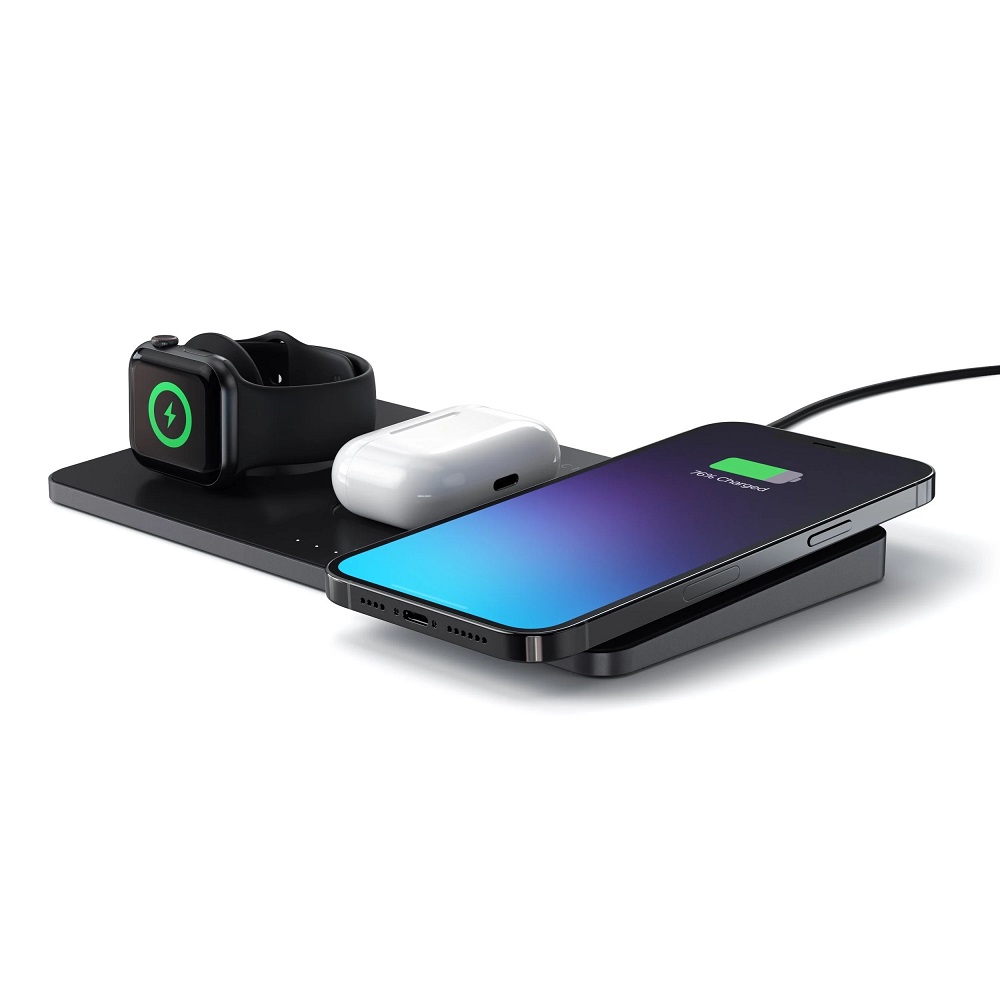
Benefits of using Magnetic Chargers
Magnetic chargers offer several advantages that enhance the user’s charging experience. Here’s a brief overview of the key benefits:
- Ease of Use: The design of magnetic chargers allows for a simple ‘snap-on’ approach. Users just place their device near the charger, and it aligns automatically.
- Reduced Wear and Tear: Without the need to plug and unplug a connector, device ports last longer. This results in fewer repairs and better device longevity.
- Enhanced Safety: Magnetic chargers reduce the risk of electric short-circuiting. The lack of exposed connectors improves overall safety for users and their devices.
- Clutter-Free Charging: These chargers eliminate the hassle of tangled wires. They offer a clean and organized charging station.
- Widespread Compatibility: Many devices now support magnetic charging. This makes it easier to use one charger for multiple gadgets.
- Quick Alignment: The embedded magnets guide the device into place for optimal charging. Quick alignment means less fuss and more convenience.They offer a blend of aesthetics and practicality that cables can’t match. As technology advances, so does the compelling case for their use. We see more people adopting magnetic chargers for their simplicity and effectiveness.
Popular Magnetic Charger Products on the Market
The market is buzzing with a variety of magnetic charger options, each promising efficient power delivery and easy usage. Many tech enthusiasts have gravitated towards these products. Here’s a list of some magnetic charger products that have gained popularity.
- Smartphone Charging Pads: These slim, circular or square pads are the most common. Just drop your phone onto the pad, and it aligns and charges automatically.
- Magnetic Charging Cables: Unlike traditional cables, these come with magnetic tips. You can easily snap the cable onto the phone’s charging port using a magnetic connector.
- Portable Magnetic Power Banks: Offering the convenience of on-the-go charging, these power banks magnetically attach to your device. Now, you can charge without being tethered to a wall outlet.
- Magnetic Car Chargers: These are ideal for travelers. They can charge your device and serve as a phone mount, exploiting the car’s power system to keep your phone powered up.
- Magnetic Dock Stations: These stations are designed for desktops. They can charge multiple devices at once, perfect for professional and home setups alike.
Each of these products represents a leap forward in charging technology, with brands constantly innovating to meet consumer demands. Their shared features of snap-on charging and reduced cable clutter make them a hit. As ‘magnetic charger’ becomes a household term, compatibility and design continue to evolve, enhancing user experiences worldwide.
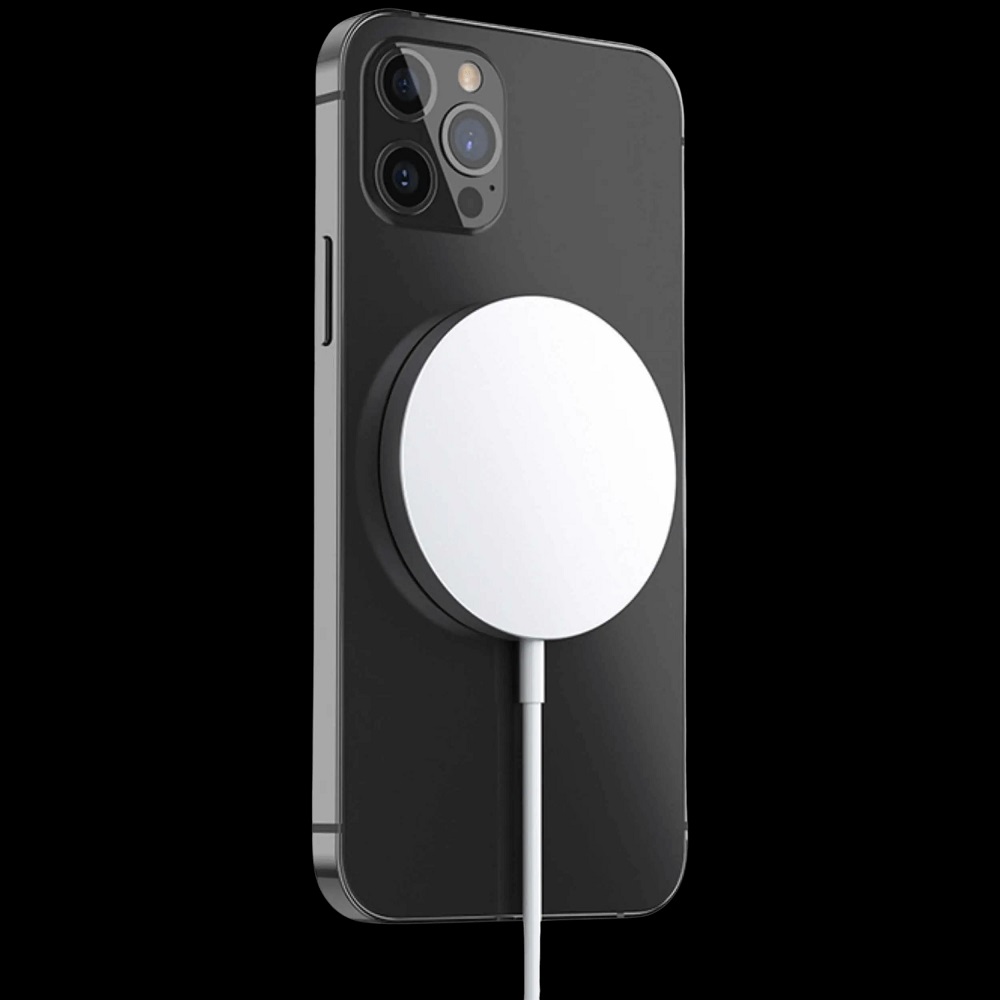
Magnetic vs. Traditional Cable Charging: A Comparison
When comparing magnetic and traditional cable charging, it’s important to understand the differences that set them apart.
Traditional cable charging requires a physical plug to connect to a device’s charging port. Cables come in various forms, like USB-C, micro-USB, or Lightning. The main advantage of cable charging is the higher power transfer rate, which often results in faster charging times. However, this method does have drawbacks including wear on the charging ports, tangled wires, and the inconvenience of needing different cables for different devices.
On the other hand, magnetic chargers revolutionize the experience by using magnets to create a connection. There’s no need to insert a plug; you simply place your device near the charger, and it snaps into place. Here are some comparisons:
- Ease of Connection: Magnetic chargers simplify the process by auto-aligning, while cables require manual insertion.
- Device Wear: Magnetic charging reduces physical wear on ports, while traditional cables can cause long-term damage.
- Safety: Magnetic connectors reduce the risk of electric shocks, whereas cable charging has exposed metal connectors.
- Compatibility: A single magnetic charger can often power multiple types of devices, whereas cable chargers usually need adapters for different devices.
- Aesthetics and Order: Magnetic chargers cut down on clutter, offering a neat setup, in contrast to cables which can lead to tangled messes.
- Charging Speed: Traditional cables currently offer faster charging capabilities, which is a significant consideration.
While each method has its pros and cons, the trend is moving towards the convenience and durability of magnetic chargers. As magnetic charger technology improves, it may soon rival the charging speed of traditional cables, making it the preferred choice for many users.
The Role of Magnetic Charging in Wireless Power Ecosystems
Magnetic charging has grown to play a significant role in the current landscape of wireless power. It acts as a bridge between the restrictive cabled charging solutions of the past and the envisioned future of truly wireless energy transfer methodologies. Let’s break down the pivotal functions of magnetic charging in the wireless power ecosystems:
- Interconnectivity: Magnetic chargers support a wide range of devices, encouraging a universal charging approach.
- User Experience: They simplify the charging process with an easy ‘place and charge’ method, enhancing overall user satisfaction and accessibility.
- Design Innovation: Magnetic charging pushes manufacturers to develop sleeker, port-free devices, leading to more robust and aesthetically pleasing gadgets.
- Safety: With no need for direct electrical contacts, magnetic chargers improve safety by lowering the chances of electrical faults.
- Efficiency: Current advancements are minimizing energy loss during induction, making magnetic charging more comparable to cable charging in terms of efficiency.
As developers continue to integrate magnetic chargers into various products, we witness a less cluttered and more efficient charging environment. Magnetic chargers’ adaptability supports several devices, which can be a keystone for a more interconnected and user-friendly wireless charging network. This technology is not only for phones and watches but also extends to medical devices, electric vehicles, and more, showing its wide-reaching impact. The keyword ‘magnetic charger’ has become synonymous with progress in the wireless power ecosystems. By eliminating several pain points of traditional charging methods, magnetic charging stands as a cornerstone of the modern power delivery paradigm. The foreseeable future points towards a dynamic evolution, where magnetic charging could lead to advancements that we can only begin to imagine.
Future Trends and Innovations in Magnetic Charging
As the demand for convenient and efficient charging solutions grows, magnetic charger technology is rapidly advancing to meet these needs. Here are some future trends and innovations that could shape the landscape of cable-free charging:
- Increased Efficiency: Efforts to improve the induction process will likely result in faster-charging speeds. Magnetic chargers may soon match or even surpass traditional cable charging rates.
- Smart Technology Integration: Future magnetic chargers may include smart features. These could allow for monitoring charge levels, optimizing power delivery, or even scheduling charges.
- Versatile Applications: We may see magnetic chargers embedded in more surfaces. Think furniture, vehicles, and public spaces, enabling seamless charging anywhere.
- Greater Compatibility: The goal is a universal magnetic charging standard. It would ensure all devices can use the same charging infrastructure.
- Eco-Friendly Options: Manufacturers might adopt sustainable materials and energy-efficient designs to reduce the environmental impact of magnetic chargers.
- Advanced Safety Features: As the tech evolves, we can expect even safer magnetic charging solutions. They could prevent overheating and other potential hazards.
Predictions suggest magnetic charger tech will continue to simplify our charging needs while enhancing device functionality. The term ‘magnetic charger’ is set to redefine convenience in our connected world.
